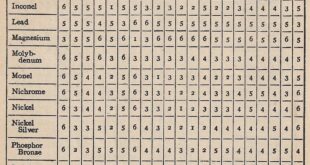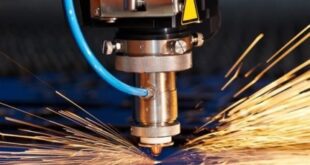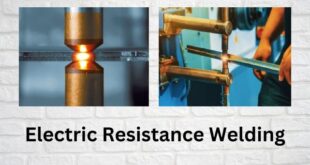Resistance Welding – Which metal has excellent or poor weldability? Introduction Resistance welding is a joining process that involves the application of pressure and electric current to the metal area being welded, causing the metal to melt and fuse together. It is a commonly used welding process in various industries, …
Read More »What Is Explosion Welding?
Introduction Explosion welding, also known as explosive welding or EXW, is a solid-state welding process that uses the energy generated by a chemical explosion to bond two or more dissimilar metals or alloys. The process is characterized by the formation of a high-velocity jet of metal that collides with a …
Read More »Friction Stir Welding and Process
Friction Stir Welding and Process Introduction Friction Stir Welding (FSW) is a solid-state welding process that was developed in the 1990s. It involves the joining of metals without melting the material, and instead uses friction and pressure to create a strong bond between the two pieces. FSW has become an …
Read More »Electric Resistance Welding
Electric Resistance Welding Introduction Electric resistance welding (ERW) is a joining process that has become a popular and important method in the manufacturing industry. It is a type of non-fusion type of welding process. It involves the use of electric current to generate heat and pressure, which fuses two or …
Read More » Welding of Welders All about Welding and Welders
Welding of Welders All about Welding and Welders



